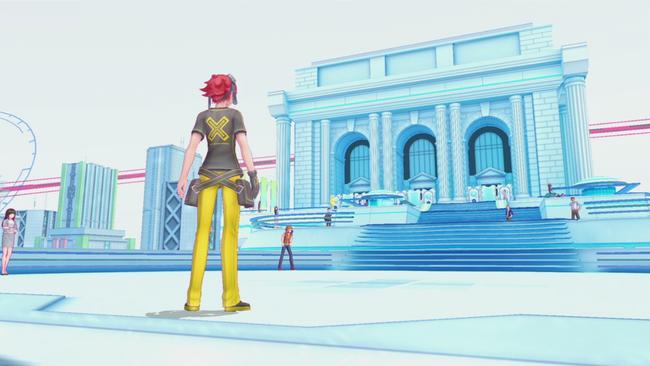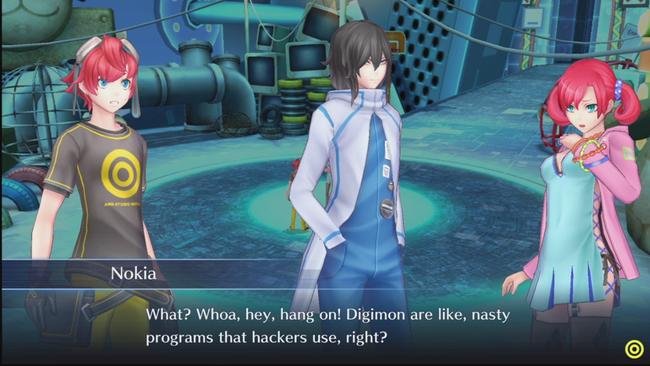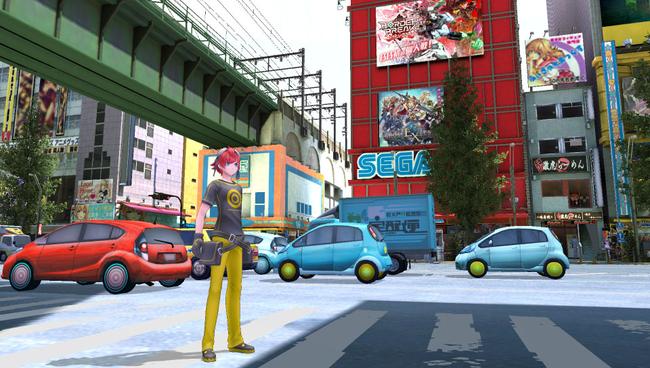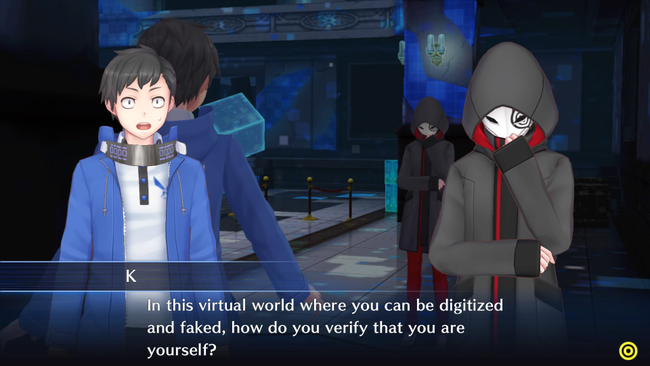Decade Memoir #3: Kite Stenbuck - Digimon Story Cyber Sleuth: Complete Edition
Digimon has shaped most of my life. I’ve been a fan ever since I watched the first Digimon Adventure anime. It made me a fan of Japanese music as the local television channel where I watched it retained the original songs, instead of replacing them with the more well-known localized American tunes. The games also helped me memorize katakana as I was learning Japanese, since the names of every monster in the series always ended with ‘mon’.
As I watched the Digimon anime shows and played numerous games in the series, I noticed that most, if not all, of them shared a common foundation set in its fantasy - either people got transported into the alternate Digital World and/or conversely, monsters from the Digital World materialized into the real world.
Previous Digimon Story and Digimon World games took place almost entirely in the Digital World. Even shows that started in the real world like Digimon Tamers and Digimon Savers (Digimon Data Squad) eventually had their group of protagonists visit the Digital World at some point in the middle of the story.

That’s when a more recent Digimon game released in this decade tried to change things up with how Digimon are presented. Digimon Story: Cyber Sleuth first released on PS Vita in 2015 for Japan. While the gameplay is similar to past Digimon Story titles as a turn-based RPG where you collect and evolve Digimon, the setting marks a drastic departure for the series.
Instead of the usual premise of exploring the Digital World, most of Cyber Sleuth’s plot took place in man-made virtual worlds. This reminded me of the .hack series and the animated film Summer Wars at first, but the closest comparison would be Sword Art Online’s NerveGear device since people’s consciousness are transferred into it as they logged in. Computer terminals on each facility also have their own explorable areas that the protagonist can jack into, much like Mega Man Battle Network.

In the game’s real world, Digimon do not physically manifest from the get-go. They initially only exist in this network realm and interaction with them is done through monitors or actually setting foot inside the network.
Unlike past Digimon games, these changes made exploring real-life locations feel so realistic to me; it felt like I was actually walking around there. This was also something I’d also later experience in Persona 5, which also had close reproductions of real-life locations in Tokyo. When I traveled to Tokyo in person several times in the recent years, these games served as references and I was also amazed at how close the games’ reproduction of the area and atmosphere are when compared to real life.

Then in 2017, Bandai Namco released Digimon Story Cyber Sleuth: Hacker’s Memory and that added a side story with a new protagonist. Events that transpire in Hacker’s Memory happen concurrently with the base Cyber Sleuth game and gave a spotlight on several characters that previously fell on the sidelines.
Unlike Cyber Sleuth’s protagonist, Hacker’s Memory’s main character doesn’t lose his physical body. This shift heightened my sense of immersion. Keisuke would have to login normally using common devices that most people in that game’s world possessed. The main conflict of identity theft that Keisuke had to face is also very relatable in today’s world where stolen accounts and identity theft are commonplace.

The more believable setting made me appreciate a common RPG element that I didn’t think much of before - sidequests. In some RPGs, sidequests tend to be nothing more than optional adventures to gain rare equipment or materials. Other games’ sidequests do add more into their world settings, but a good chunk of them are still confined to fantasy-themed worlds that are far detached from real life.
Though Cyber Sleuth’s real world is slightly more advanced than our modern state, I found myself thoroughly and enthusiastically following its side cases. These cases depict modern-day life issues employing similar contemporary technological components and Digimon injected into it. Going this route allows the Digimon to come off more like sentient AIs that dwell in various interactable devices; something that might be plausible to see in our real life in a few more years.
My favorite case involved an investigation revolving around an arcade game with rigged leaderboards. After a bit of pushy coercion on the suspect Digimon causing it, they’d end up playing the same game with other human players in a more fair way. Another one I recall vividly is when a guy’s smartphone gets filled with flowers because a Digimon that inhabited the device had fallen in love with him.
What surprised me was that some of the sidequests ended up becoming quite disturbing, and they shed light on the dangers of deeply immersive VR technology. In one case, young men were enticed to live with their waifu inside a virtual room. Your investigative team would later find out that these men unknowingly had their bodies taken away to be sold. A different instance involved learning of a micro device that had a side effect of manipulating users’ bodies and the grave consequences that happened when one person could control multiple bodies simultaneously.

Even if Cyber Sleuth does eventually reach the two Digimon tropes I mentioned earlier, they were incorporated at much later points in the story. Instead, Digimon in Cyber Sleuth only materialized in the real world after a major plot point in the latter half. This meant a different, more interesting chain of reactions from people in these titles. The Digimon they had normally seen in the network suddenly showed up in reality.
Due to certain reasons in Cyber Sleuth, you don’t even get to visit the Digital World until the peak climax of the game. The elaborate artificial network world was still, nonetheless, a satisfactory substitute for me because I could interact with both Digimon and the many humans roaming around in that network world.
The Digimon Story Cyber Sleuth universe not only has a more plausible world setting than previous entries, but it also builds on its world by incorporating from my favorite RPGs from the past decade of the 2000s with aspects from .hack and Mega Man Battle Network. When I think about what RPG made the most impact in my life in the last ten years, both Digimon Story Cyber Sleuth and Digimon Story Cyber Sleuth: Hacker’s Memory come out on top - no questions asked.